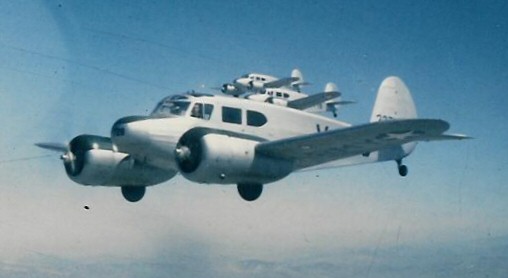You are not logged in.
Dear visitor, welcome to WesWorld. If this is your first visit here, please read the Help. It explains in detail how this page works. To use all features of this page, you should consider registering. Please use the registration form, to register here or read more information about the registration process. If you are already registered, please login here.
Quoted
Constelación Twin Condor, Serie-100 Utility Aircraft
(Serie-200 and Serie-300 approximately similar.)
General characteristics
- Crew: 1-2
- Passengers: 18
- Length: 47 feet
- Wingspan: 59 feet
- Height: 16 feet
- Wing area: 410 ft²
- Empty weight: 5,520 pounds
- Loaded weight: 10,000 pounds
- Powerplant: 2x Gipsy Six (200hp), or Canadian Orenda engines
Performance:
- Maximum speed: 150 knots (172mph)
- Max Range: 700 nautical miles (engine dependent)
- Service ceiling: 18,000 feet
- Rate of climb: 7 ft/s (2.13 m/s)
Quoted
Constelación Twin Condor, Serie-400 Utility Aircraft
General characteristics
- Crew: 2+
- Passengers: 20
- Length: 52 feet
- Wingspan: 65 feet
- Height: 17.5 feet
- Wing area: 422 ft²
- Empty weight: 6,500 pounds
- Loaded weight: 11,750 pounds
- Powerplant: 2 × 715hp FMA radials
Performance:
- Maximum speed: 180 knots (207 mph / 333 kph)
- Max Range: 900 miles
- Service ceiling: 7,500 meters / 24,600 feet
- Rate of climb: 7.5 ft/s (2.29 m/s)
Armament (Optional):
- 1 × .30cal or .50cal machine gun in dorsal hatch

Forum Software: Burning Board® Lite 2.1.2 pl 1, developed by WoltLab® GmbH
